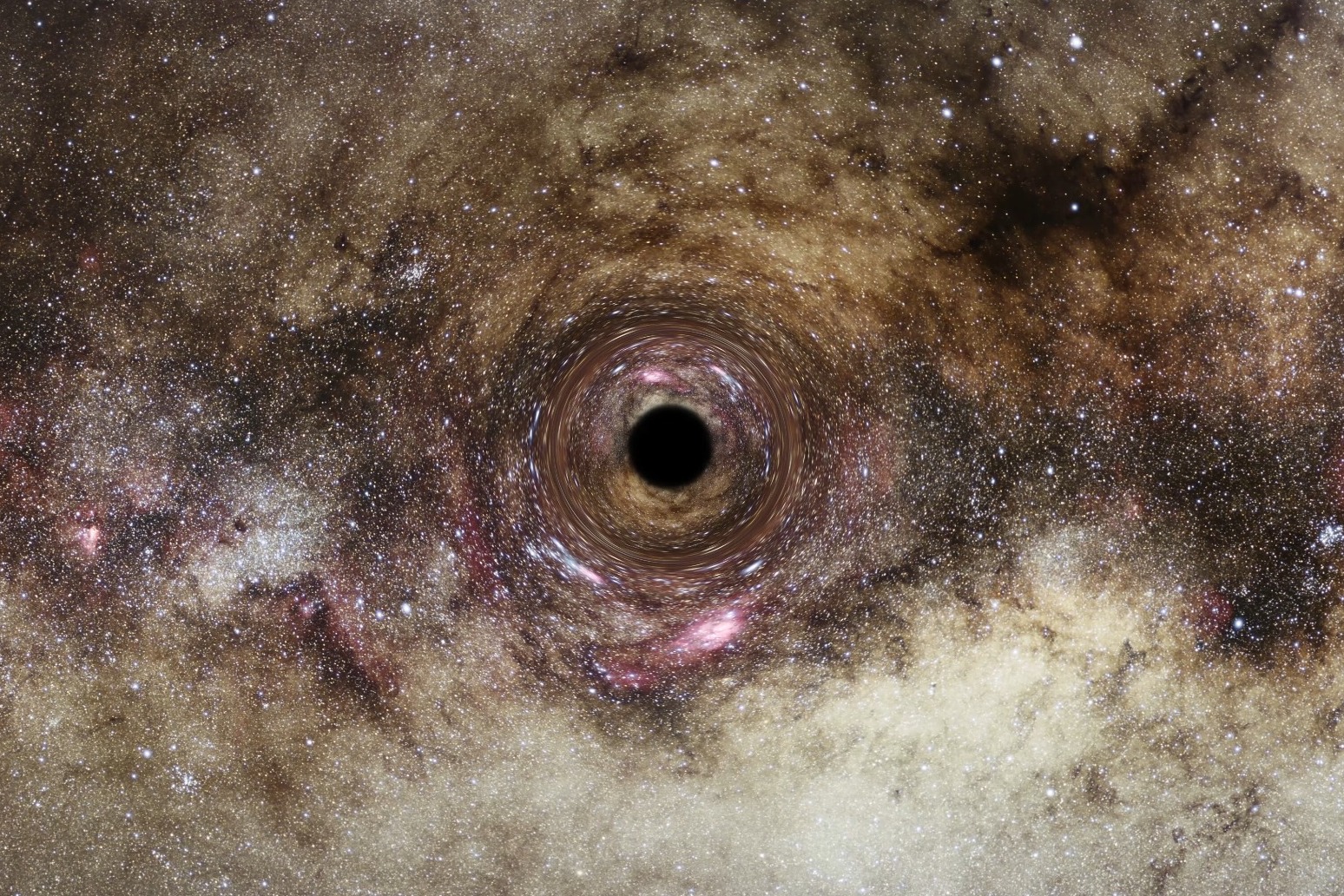-
 play_arrow
play_arrow
Kl 1 Radio Local radio for west Norfolk
-
 play_arrow
play_arrow
KL DISCO KL Disco Playing Disco Music from the 70's onwards.24/7
-
 play_arrow
play_arrow
KL COUNTRY KL COUNTRY Playing New and Classic Country Music 24/7
-
 play_arrow
play_arrow
KL ROX KL ROX The best of New and Classic Rock.24/7
-
 play_arrow
play_arrow
KL SUMMER Summer Vibes 24/7 from KL1 Radio across West Norfolk
-
 play_arrow
play_arrow
KL CLASSICAL Your Symphony Starts Here
-
 play_arrow
play_arrow
KL CHILL Just Chill!
-
 play_arrow
play_arrow
KL POP The Best POP Hits all day Long!
-
 play_arrow
play_arrow
KL XTRA KL XTRA
music_note

They say age is the driving force in changing how stars move within galaxies.
Stars in galaxies start life rotating in an orderly pattern but in some the movement of stars is more random.
Until now scientists had been uncertain about what causes this, with the surrounding environment or the mass of the galaxy itself being possible reasons.
However, the new study found that neither of these things is the most important factor.
The findings show the tendency of the stars to have random motion is driven mostly by how old the galaxy is – things just get messy over time.
First author Professor Scott Croom, an Astro 3D researcher at the University of Sydney in Australia, said: “When we did the analysis, we found that age, consistently, whichever way we slice or dice it, is always the most important parameter.
“Once you account for age, there is essentially no environmental trend, and it’s similar for mass.
“If you find a young galaxy it will be rotating, whatever environment it is in, and if you find an old galaxy, it will have more random orbits, whether it’s in a dense environment or a void.”
Despite the findings, the experts suggest that previous work – which suggested environment or mass were more important factors – is not necessarily incorrect.
Young galaxies are star-forming super-factories, while in older ones, star formation ceases.
Second author Dr Jesse van de Sande, said: “We do know that age is affected by environment.
“If a galaxy falls into a dense environment, it will tend to shut down the star formation. So galaxies in denser environments are, on average, older.
“The point of our analysis is that it’s not living in dense environments that reduces their spin, it’s the fact that they’re older.”
Our own galaxy, the Milky Way, still has a thin star-forming disk, so is still considered a high spin rotational galaxy.
The research used data from observations made under the SAMI Galaxy Survey.
The SAMI instrument was built in 2012 by the University of Sydney and the Anglo-Australian Observatory (now Astralis).
It uses the Anglo-Australian Telescope, at Siding Spring Observatory, near Coonabarabran, New South Wales, which has surveyed 3,000 galaxies across a large range of environments.
The study allows astronomers to rule out many processes when trying to understand galaxy formation and so fine-tune models of how the universe has developed.
The findings are published in Monthly Notices of the Royal Astronomical Society.
Published: by Radio NewsHub

Similar posts
Upcoming shows

Chris Fisher – KL1 Mornings
10:00 am - 1:00 pm

Tim Lee – KL1 Afternoons
1:00 pm - 4:00 pm

Richard Dix – KL1 Drive
4:00 pm - 7:00 pm

80’s ’til 8
7:00 pm - 8:00 pm

Paul Butler – 90’s and 00’s
8:00 pm - 11:00 pm
-

Linnets budget could be cut by ‘best part of 30%’ next season

McArthur hails landmark moment after Holyrood vote on assisted dying

Stephen Fry Celia Imrie and Paloma Faith among Celebrity Traitors contestants

Free flowers up for grabs – and could be gone within an hour

Popular circus returns tomorrow for brand new show
Message Us
Copyright The Mediasite UK - 2025



